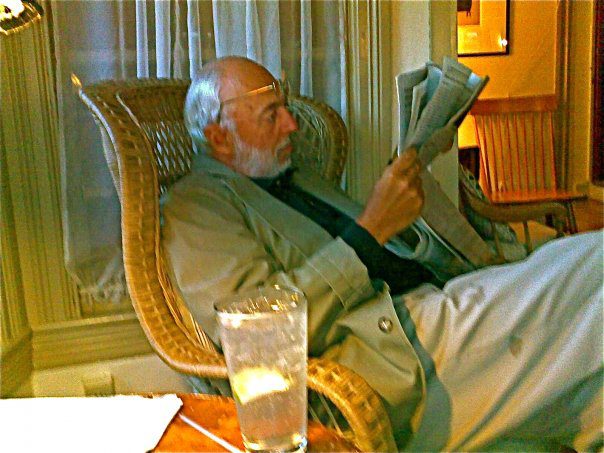In the fall of 1967, I dropped into my college newspaper’s office and asked for a tryout to be a reporter. The staff seemed older, busier and worldlier than the 18-year-old sophomore who stood before them.
The assignment they gave me was probably the one no one else wanted — coverage of the annual livestock competition at the aggie school.
You’d think that a New Hampshire kid like me would know something about farming, but I came from a mill town, not one of those tiny New England farming villages.
I could change the head on a ’54 Chevy and hit a set shot from 30 feet out, but my knowledge of farm animals began and ended with telling a bull from a cow.
But I took the assignment because working on a newspaper sounded romantic and because I heard the copy editors were all pretty coeds. And, maybe, down somewhere I didn’t recognize, I thought I could be a writer.
So on a frosty morning, I got out of bed at dawn (many hours earlier than my usual schedule) and walked to the far end of the University of New Hampshire campus to witness and record an event of some importance at a college known as “Cow Hampshire.”
I took notes, conducted interviews and then went back to the mock newsroom where I was learning the rudiments of news writing from a professor who would become my mentor.
The editors of the paper — still, after all these years, called The New Hampshire — read it, edited it and a few days later it showed up in print. There, in black and white, in 10,000 copies, was my first newspaper story, my first taste of that drug called a byline.
I got more assignments, ended up being managing editor of the college paper and, in the summer of ’68, landed a job on a real newspaper: the “summer kid” at the Sanford (Me.) Tribune.
Like too many newspapers, that one is gone now.
Newspapers may come and go, may shrink, may struggle. But the need for reporters to go into the world to be the eyes and ears of their readers doesn’t go away.
Whether it’s a competition for the best steer or what’s happening at the statehouse or in D.C., there’s still only one good way to get the news — not an opinion, not a rant, not half a story.
Send a reporter.







